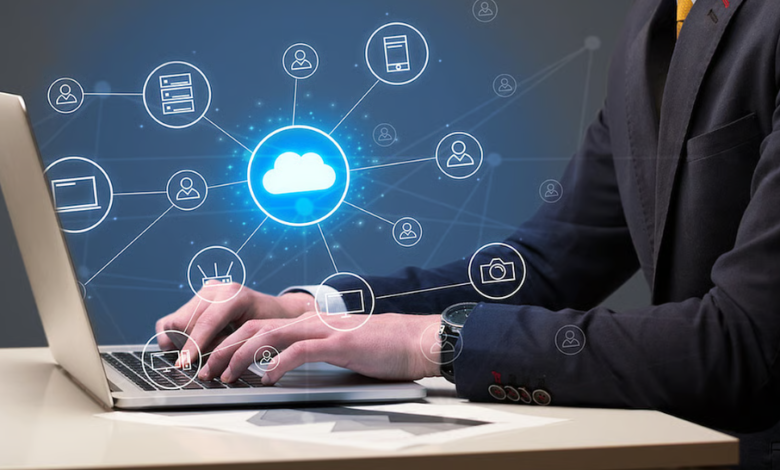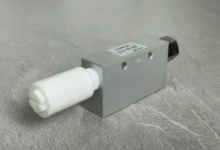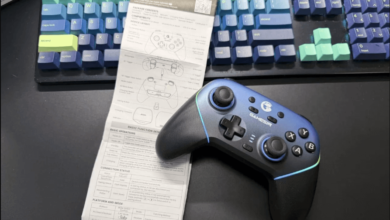That ‘Secure Cloud’ Checkbox from Your Provider? It Doesn’t Mean What You Think.

You just bought a top-of-the-line, professional-grade kitchen oven. It’s a stainless-steel beauty with a dozen features you haven’t figured out yet. The manufacturer’s website is plastered with promises: “Perfectly calibrated for even heating.” “Built with commercial-grade, fire-retardant materials.” “The safest, most reliable oven on the market.”
You feel great about your purchase. You’ve brought in the best.
But does that mean you can’t burn the casserole? Does it mean you can leave a dish towel sitting on the stovetop? Of course not. The manufacturer gave you a safe, reliable tool. They are not, however, standing in your kitchen making sure you know how to cook.
This is the most critical, and most misunderstood, concept in cloud security today. Relying on your cloud provider’s security is like blaming the oven manufacturer for your burnt dinner. They provide the secure platform; you are responsible for how you use it.
This gap between the provider’s job and yours is formally known as the Shared Responsibility Model. It’s not a marketing slogan. It’s the fundamental dividing line between safety and a front-page data breach.
The Pro-Grade Kitchen vs. The Head Chef
Let’s ditch the corporate-speak and stick with our kitchen analogy.
Think of your cloud provider (AWS, Azure, Google Cloud) as the company that built your professional kitchen.
- They installed the fire suppression system in the walls.
- They ensured all the gas and electrical lines are up to code and won’t leak.
- They built the room out of materials that can handle the heat and chaos of a busy restaurant.
They are responsible for the security of the cloud. They build a world-class, secure environment for you to work in.
But the moment they hand you the keys, you become the head chef. And the restaurant’s success or failure—and its safety—is now in your hands.
You are in charge of:
- Your Recipes (Your Data): The kitchen builder doesn’t know if you’re making soup or a flambé. You are the only one who knows what ingredients (data) are sensitive and how they need to be protected (encrypted, access-controlled).
- Who’s in Your Kitchen (Access Management): You don’t let the dishwasher operate the deep fryer. You control which cooks have access to which stations. In the cloud, this means meticulously managing who can log in and what they are allowed to touch. A single misused password is like giving a stranger the keys to the pantry.
- Kitchen Hygiene (Configuration & Patching): You have to clean your stations, service your equipment, and make sure your walk-in freezer is at the right temperature. In the cloud, this means patching your operating systems, securing your applications, and ensuring everything is configured correctly. A misconfigured cloud service is the digital equivalent of leaving the back door of the kitchen propped wide open all night.
This is security in the cloud. It’s your job. And in 2025, with AI-driven attacks and increasingly complex threats, the heat in the kitchen is higher than ever.
The Real Problem: You Can’t Wing It in a Pro Kitchen
You wouldn’t hire a line cook who has only ever used a microwave and expect them to run a Michelin-star kitchen. The tools are too powerful, the stakes are too high, and the techniques are completely different.
The same is true for the cloud.
The person who was a master of securing an old-school, on-site server room can’t just walk into a complex cloud environment and wing it. The architecture is different. The threats are different. The rulebook has been rewritten.
This is where the massive skills gap in our industry lies. It’s not about a lack of tools; it’s about a lack of chefs who know how to use the new kitchen. You need someone who is a specialist, a person who has been formally trained to manage the chaos and turn it into a secure, efficient operation. You need a certified cloud security expert.
This is precisely the value of the Certified Cloud Security Professional Certification (CCSP). It’s not just another line on a resume. A CCSP Certification is proof that a professional has gone through the rigorous training needed to master the cloud kitchen. They understand the recipes, the workflows, and the safety protocols. Someone with a CCSP knows how to design a secure cloud setup from the ground up because they’ve learned from the blueprints.
See also: FinVolution study highlights digital technology in bridging financing gap for SMEs
Let’s Talk Brass Tacks: Is the Investment Worth It?
It’s easy to look at the ccsp certification cost and hesitate. But let’s be honest. What’s the real cost of a kitchen fire?
It’s not just the cost of repairs. It’s the cost of being closed for weeks. It’s the devastating blow to your restaurant’s reputation. It’s the trust you lose from customers who got sick because of poor hygiene.
When you frame it that way, the investment in a high-quality ccsp course or an intensive ccsp bootcamp for a key team member is a no-brainer. This is the kind of focused ccsp training that prevents the fire from ever starting. It transforms a good employee into a genuine guardian of your company’s most critical assets.
Don’t Blame the Oven for a Burnt Meal
That “secure cloud” promise from your provider is your guarantee of a professional-grade kitchen. It’s a fantastic starting point, but it’s not the whole story. The ultimate security of your digital operations depends on the skill of the chef.
Don’t wait for the smoke alarm to go off to start reading the fire safety manual. Be the one who designs a safe kitchen from day one. Be the person who can confidently tell your leadership, “Yes, we’re secure, because we have a trained expert running the show.”
If you feel it’s time to go from amateur cook to head chef in the cloud, the path is clear. Investing in your own expertise is the most powerful move you can make. Exploring a world-class ccsp certification training program is how you stop worrying about kitchen fires and start earning Michelin stars.






